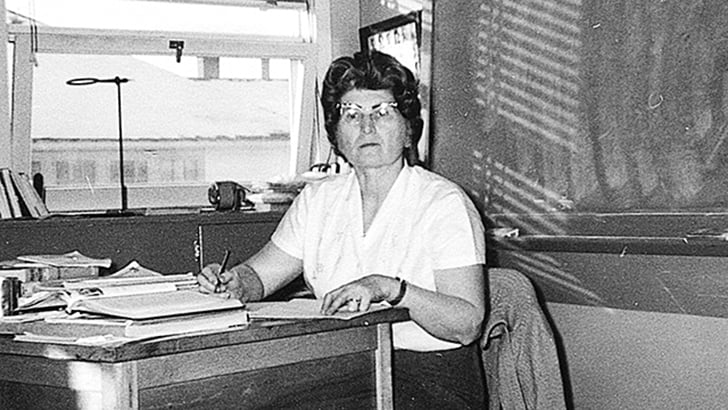Shedding light
on the
sunshine vitamin
Vitamin D, often referred to as the sunshine vitamin, plays a key role in many body functions and the maintenance of good health. There is a relationship between vitamin D and calcium in building strong bones and preventing rickets in children and osteomalacia (bone softening) in adults.
Multiple research findings show that having adequate serum levels of vitamin D lowers incidence rates for many cancers.
Cedric Garland, a cancer researcher and epidemiologist, states about “80 percent of cancers and Type 1 diabetes can actually be prevented with vitamin D.”
Read Also

Know what costs are involved in keeping crops in the bin
When you’re looking at full bins and rising calf prices, the human reflex is to hold on and hope for more. That’s not a plan. It’s a bet. Storage has a price tag.
Dr. Carol Wagner, who co-authored a pregnancy study, indicated that nearly 50 percent of pre-term births can be prevented when pregnant mothers have 4000 international units per day of vitamin D. The amount of vitamin D in a food, supplement or the amount our skin produces, is measured in IU.
Other studies show diabetes, rickets and high blood pressure in children are rising worldwide due to vitamin D deficiency.
One of the naturally occurring chemical compounds found on the skin is converted to vitamin D3 when exposed to UVB radiation, found in sunlight.
Noon is the optimum time for this exposure. During the winter, there is not enough direct sunlight for our skin to produce the necessary vitamin D.
Some food, vitamin D supplements and other UVB sources are alternatives to sunshine exposure.
The body converts this vitamin into a compound called 25-hydroxy-vitamin, which circulates in the blood and is used to measure the vitamin D status. A blood serum level between 100 to 150 nanomoles/litre (nmol/L) is the optimum.
Ask your doctor for a blood test to determine your vitamin D level.
To achieve this blood serum level, the body needs at least 4000 IU of vitamin D per day.
Dr. Robert Heaney, an expert on vitamin D, calculates that the skin of a light-skinned person wearing a bathing suit in July at midday will produce about 15,000 IU of vitamin D in 15 to 20 minutes. It would take twice as long for those with darker skin.
The application of sunscreen blocks the UVB radiation and prevents the skin from producing vitamin D.
The main food sources of vitamin D are eggs and fatty fish. In Canada, this vitamin is added to milk products sold for consumer use and margarine. Goat’s milk, fortified plant based beverages, such as fortified soy beverages, and some calcium-fortified orange juices can also be fortified with vitamin D.
Cheese and yogurt can be made with vitamin D-fortified milk, but the final product does not contain as much vitamin D as fluid milk alone. Some cereals are also fortified with this vitamin.
When reading a cereal box nutrient content chart, there are two columns, one for a serving without milk and one with milk.
Heaney estimates that individuals with limited sun exposure combined with food and fortified food sources would have a total vitamin D intake per day of only about 2,000 IU per day.
To meet the body’s need for 4,000 IU per day, most adults should take a supplement providing 1,000 to 3,000 IU per day.
Grassroots Health, a public health promotion and research organization, is creating a virtual think-tank to aggregate and share knowledge and best practices.
It also sponsors Vitamin D* Action, a consortium of scientists, institutions and individuals committed to solving vitamin D deficiency.
For more information, visit www.joindaction.org and www.inspection.gc.ca, www.grassrootshealth.net.
Those involved in Grassroots Health say maintaining vitamin D levels in the range of 100 to 150 nmol/L has been linked to reducing the risk of asthma, upper respiratory infection, dental caries, Type 1 and 2 diabetes, heart disease, high blood pressure, breast cancer, prostrate cancer, colon cancer, osteoporosis, multiple sclerosis, cold and flu in the population.
Implementing this level is safe and inexpensive.














